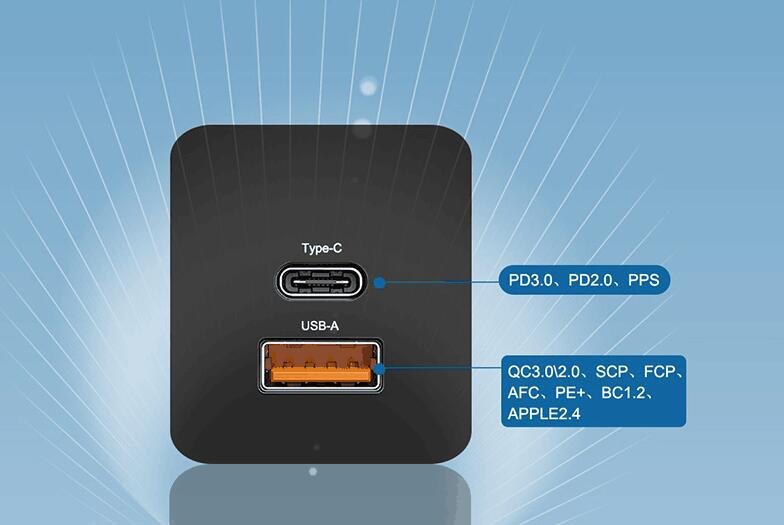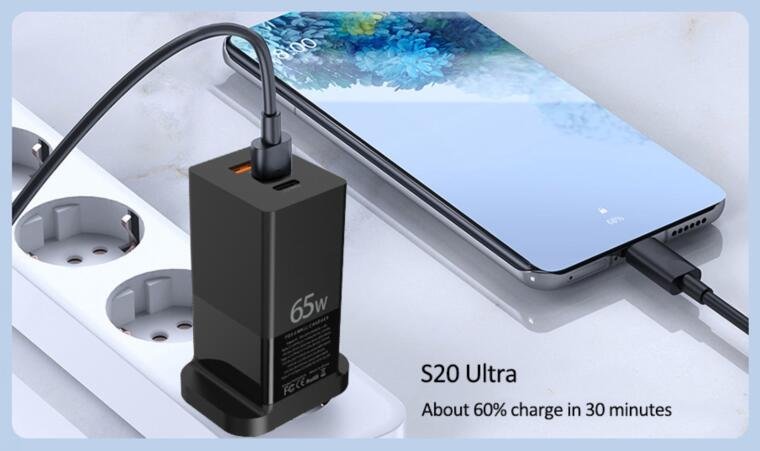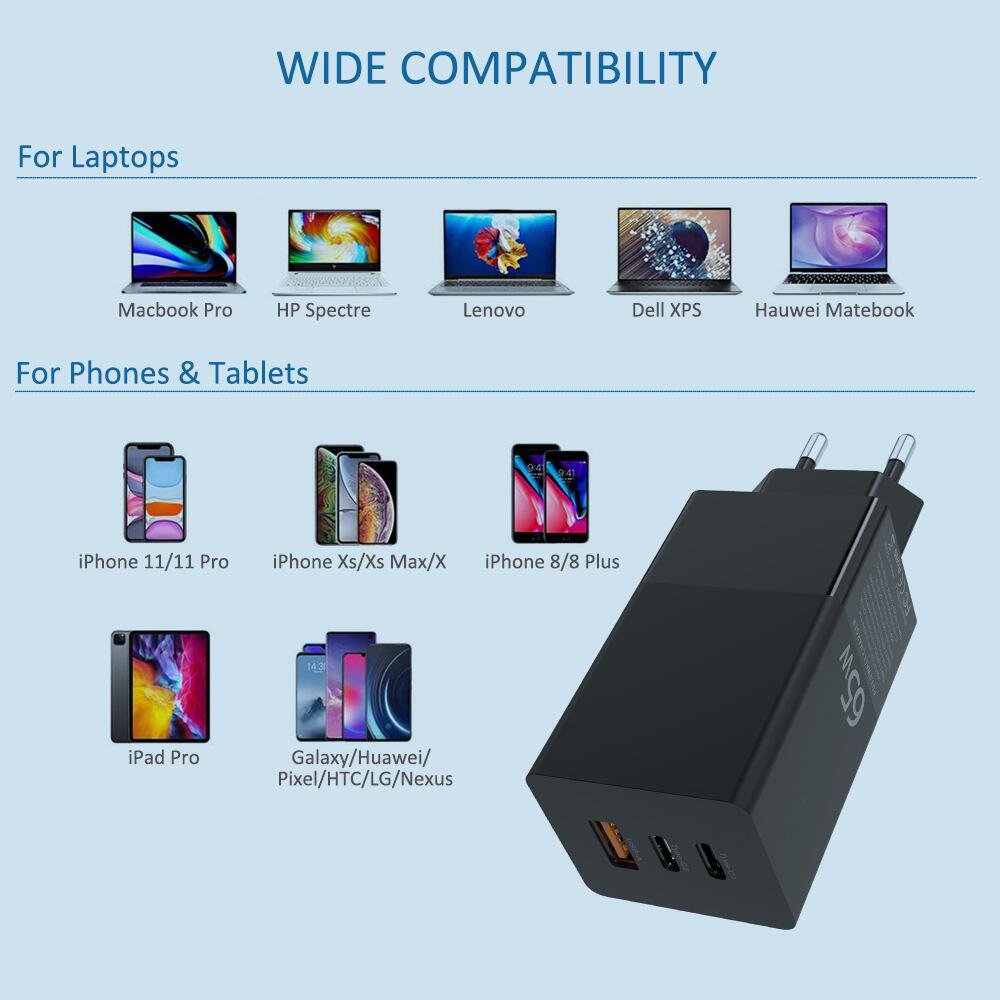Before the release of USB PD, mobile phone fast charging standards showed standards such as QC2.03.0, MTK PE, FCP/SCP, AFC, VOOC/DASH, and so on. USB-IF sees this situation and introduces a subset of the PPS system in the latest USB PD3.0 specification for backward compatibility with the charging of mobile phone devices.

What is PPS?
PPS (Programmable Power Supply) is a type of Power Supply supported in USB PD3.0. It is a power supply that uses USB PD protocol output to achieve voltage and current regulation. The PPS specification integrates the current two charging modes of high voltage and low current, and low voltage and high current. In addition, the PPS specification reduces the voltage adjustment range to 20mV, which is one-tenth of the QC3.0 standard, and the voltage adjustment is more precise.
Note that PPS is certified together with USB PD3.0, and belongs to a branch of it. The USB PD certifications of USB-IF include USB PD2.0, USB PD3.0, and USB PD3.0 (PPS). This shows that not all USB PDs support PPS. But USB PD3.0 is backward compatible with 2.0.
For some notebooks released in the early days, PPS has not yet appeared at that time. If the ADC accuracy of the USB PD protocol chip is insufficient or the system does not have the ability to upgrade online, the USB PD protocol chip will work according to the original design specifications.

Why did USB-IF launch PPS?
In 2014, smart phones entered the era of large screens, and the original 5V2A micro usb charging limit could no longer meet the needs of users. Qualcomm took advantage of its position in the industry and began to push QC2.0 and QC3.0, to 9V/2A, 12V/1.5A fast charging technology route. OPPO, MTK, Huawei, TI and other companies have successively introduced their own fast charging standards. No one wants to see this situation. After all, wasting social resources and causing e-waste pollution is contrary to the social responsibility of these large companies.
USB-IF is an organization without its own commercial interests. Therefore, USB-IF communicates with Qualcomm, Thiel Labs, and domestic mainstream mobile phone manufacturers on the basis of the original USB PD2.0 and USB PD3.0. PPS was finally launched to meet the demands of all parties, and clearly stipulated that the USB interface does not allow voltage adjustment through non-USB PD protocols. The USB-IF Association released an important update to the USB PD3.0 standard in February 2017, adding a programmable power supply PPS on the basis of the USB PD3.0 standard. Since then, fast charging standards have begun to move towards uniformity. The original old standards of various companies, as long as they do not violate the principles, can maintain backward compatibility on the basis of PPS.

USB PD in the power fast charging protocol is like the universal English in the world, and other protocols are self-defined private protocols, such as French, German, Spanish, Arabic and so on. Since the USB PD that everyone follows, the charging of chargers, mobile phones, and notebooks has become smart. By implementing the written PDO program, the two parties can negotiate the best charging power with each other.
What changes did PPS bring?
1. PPS expands the output voltage range of the USB interface from 5V to 3.0V~21V. This is a very important change, because there are two factions of high-voltage, low-current and low-voltage, high-current fast charging. The power supply range from 3.0V to 21V allows PPS to meet various technical genres for fast charging.
2. The adjustable voltage range of PPS is 20mV, which can realize low-voltage and high-current direct charging. The voltage adjustment range of 20mV makes it possible for low-voltage and high-current direct charging. In fact, there is a lot of controversy about this technology, because some mobile phone manufacturers want to realize constant current direct charging control directly on the adapter instead of on the mobile phone. end. But USB-IF did not agree to this after all. The main consideration is that the constant current mechanism may cause severe fluctuations in the output voltage in some cases, which is not conducive to the bypass path management inside the mobile phone and the power supply safety of the baseband module inside the mobile phone.
3. PPS has a pulsation mechanism to ensure the safety of the charging process. Once the PPS enters the high current mode, safety becomes very important. Therefore, the PPS protocol stipulates that at least every 10S, a pulsating communication between the load and the adapter must be maintained to prevent the charging process from getting out of control.


Wide application of PPS
The USB PD3.0 PPS fast charge standard adds a programmable voltage level, which is compatible with most private fast charge protocols, and has become the most widely used fast charge charging standard in the Android mobile phone market. USB PD3.1 is mainly to expand the scope of application of the USB PD fast charging standard.
In addition to consumer products such as mobile phones and laptops, it can also be used in fields such as displays, servers, power tools, and security POE power supplies.



